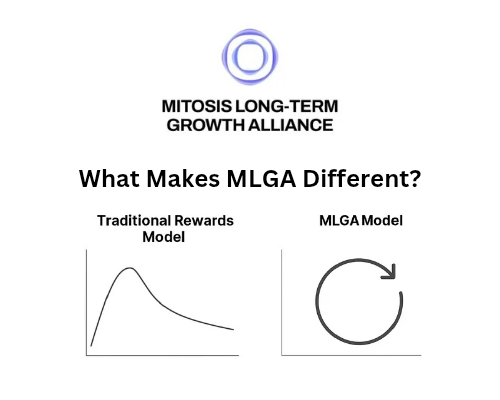Mitosis and the Future of Gas Abstraction: Simplifying Cross-Chain UX

Visualizing Mitosis-powered liquidity and execution across multiple chains.
As Web3 matures, the complexity of interacting across multiple blockchains is no longer a feature — it’s a liability. Users are forced to juggle wallets, gas tokens, bridges, and block explorers just to complete basic transactions. That’s a problem.
Mitosis is solving this problem through a new paradigm: gas abstraction and cross-chain liquidity orchestration — all powered by a permissionless messaging layer called Hyperlane.
From Fragmentation to Abstraction
Today’s Web3 user experience is fragmented:
- Want to swap on Ethereum? You need ETH.
- Interact with a dApp on Arbitrum? You’ll need ARB.
- Bridge from Optimism to Base? Prepare for delays, multiple approvals, and gas juggling.
This leads to poor UX, lower conversion rates, and massive friction in onboarding new users.
Gas abstraction solves this.
Gas abstraction allows users to pay for and execute transactions using any asset — without worrying about native gas tokens or where their funds reside.
Mitosis enables this through a modular architecture that decouples user intent from execution logistics.
How Mitosis Handles Execution
Mitosis introduces an intent-centric execution model. Here’s how it works:
- User defines an action — like a swap or contract interaction — on any supported chain.
- Executors monitor intents and compete to fulfill them.
- Gas is fronted by the executor on the destination chain.
- Mitosis Vaults handle reimbursement, and the user pays in the asset of their choice.
No more holding ETH, MATIC, AVAX, or bridging manually.
Mitosis allows users to execute complex cross-chain actions without touching native gas tokens.
Cross-Chain Liquidity Orchestration — Powered by Hyperlane
Abstracting gas is only half the story. The other half is making sure liquidity is available where the user needs it — instantly and securely.
This is where Hyperlane comes in.
Hyperlane is a permissionless interoperability protocol that allows Mitosis to communicate across blockchains using secure, verifiable messaging.
Mitosis integrates Hyperlane to coordinate its Vault System Architecture, enabling seamless asset flow and minting of derivative tokens across chains.

🛠️ How It Works in Practice
- A user deposits assets into a Mitosis Vault on Chain A.
- Hyperlane relays a message to Chain B, where Mitosis' Asset Manager mints equivalent hub assets.
- The user receives tokens on Chain B — ready to transact, without needing to bridge or acquire gas.
This happens behind the scenes — fast, verifiable, and composable.
What This Unlocks
Gas abstraction and liquidity coordination unlock powerful capabilities:
- Unified DeFi UX — Users onboard with one asset and interact across chains.
- Multiplayer gaming — Cross-chain logic without fragmented balances or gas fees.
- Cross-chain governance — Vote and execute from any chain.
- Composable infrastructure — dApps operate without needing to control the execution layer.
Mitosis does the heavy lifting behind the scenes.
Hyperlane enables modular, permissionless expansion of the Mitosis ecosystem.
The Role of Ecosystem-Owned Liquidity
To make all of this sustainable, Mitosis leverages Ecosystem-Owned Liquidity (EOL):
- Liquidity is pooled across chains.
- It is governed and distributed by Mitosis participants.
- Providers receive miAssets — 1:1-backed derivative tokens that retain utility in DeFi ecosystems.
This allows Mitosis to serve cross-chain execution without fragmenting capital or relying on mercenary liquidity.
Conclusion
Gas abstraction is more than a UX feature — it’s a fundamental shift toward chainless experiences.
By combining Hyperlane-powered messaging, decentralized executors, and a unified liquidity framework, Mitosis creates a future where users don’t think in terms of chains. They just act.
The infrastructure does the rest.

Comments ()